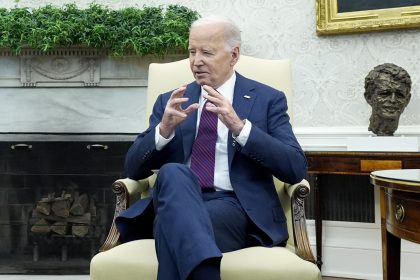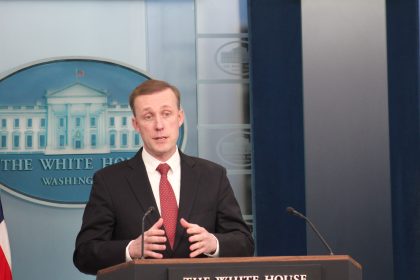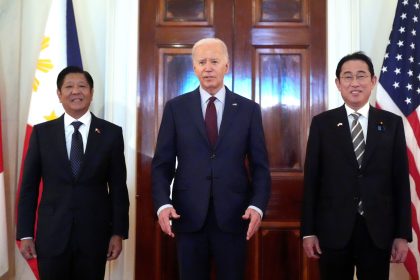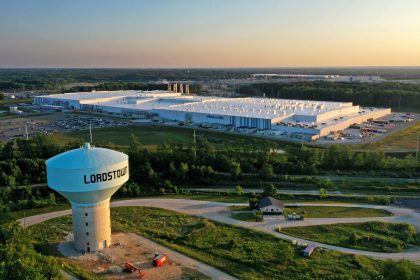State Dept. Unveils Partnership to Combat Infrastructure Investment Corruption
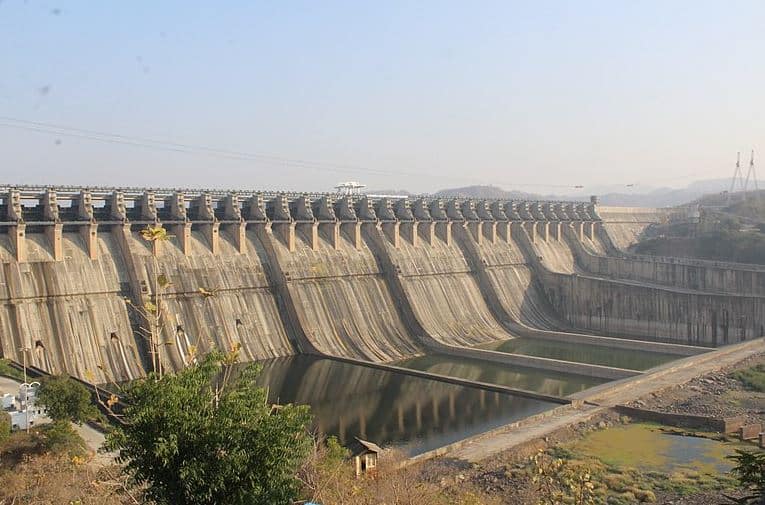
The U.S. Department of State has partnered with the Organization for Economic Cooperation and Development with the goal of reducing the risk of corruption in infrastructure investment by bolstering the ability of stakeholders to implement anti-corruption systems across economies.
The joint project entitled, “Connecting the Dots: Building Trusted Systems to address Corruption in Infrastructure” sets forth an infrastructure anti-corruption toolbox for organizations to prevent, detect, and respond to infrastructure investment corruption, Secretary of State Antony Blinken stated.
“Where corruption flourishes, labor rights, human rights, environmental protections are often ignored or violated,” said Blinken during an OECD event in Paris Tuesday on how “build back better” through quality infrastructure that will create jobs, ensure equal access to essential services, tackle climate change with a future zero-emission goal and improve the well-being of citizens across the world. The partnership was unveiled during the event, marking the launch of the project.
The announcement pointed to an OECD survey where industry leaders said corruption within investments is the main force against infrastructure development in low to middle-income nations, hindering the global economy’s recovery from the pandemic.
According to one of the survey respondents, corruption has “a significant price, quality, health and safety, environmental and societal impact. On major infrastructure projects, corruption has both a public sector and private sector impact, as large projects (roads, bridges, hospitals, schools, dams etc.) tend to be public sector projects, but are built by private sector contractors.”
More than 60% of bribery cases in the 2014 OECD Foreign Bribery Report were in infrastructure-related sectors, the announcement stated, and it only seems to have gotten worse throughout the pandemic.
The toolkit project seeks to back up the Blue Dot Network initiative launched by the U.S., Japan and Australia, which brings together the public, private and civil society participants seeking to build and increase private investment in infrastructure projects. These projects must meet robust international standards – like the OECD’s Anti-Bribery Convention – through the infrastructure lifecycle.
The Blue Dot Network, in its push towards investment transparency, will audit and certify the infrastructure projects based on the principles the founding countries are establishing with the OECD.
“To optimize the strength and quality of the recovery and future growth, the world will need to fill a massive quality infrastructure investment gap,” said OECD Secretary-General Mathias Cormann. A gap, he added, that was crucial for the economic recovery of most nations.
Infrastructure needs to be built sustainability to address the global climate change crisis, Blinken said, and resilient in order to withstand the proliferating natural disasters brought on by it.
“We have to do more to make sure that infrastructure is done right because too often that’s not happening,” he charged, noting that it is oftentimes “less safe and less durable” as it is not held to the highest standard.
“We are here today because we are championing a different approach,” he said. “Rather than race to the bottom… we want to spark a race to the top for quality, sustainable infrastructure around the world.”



















